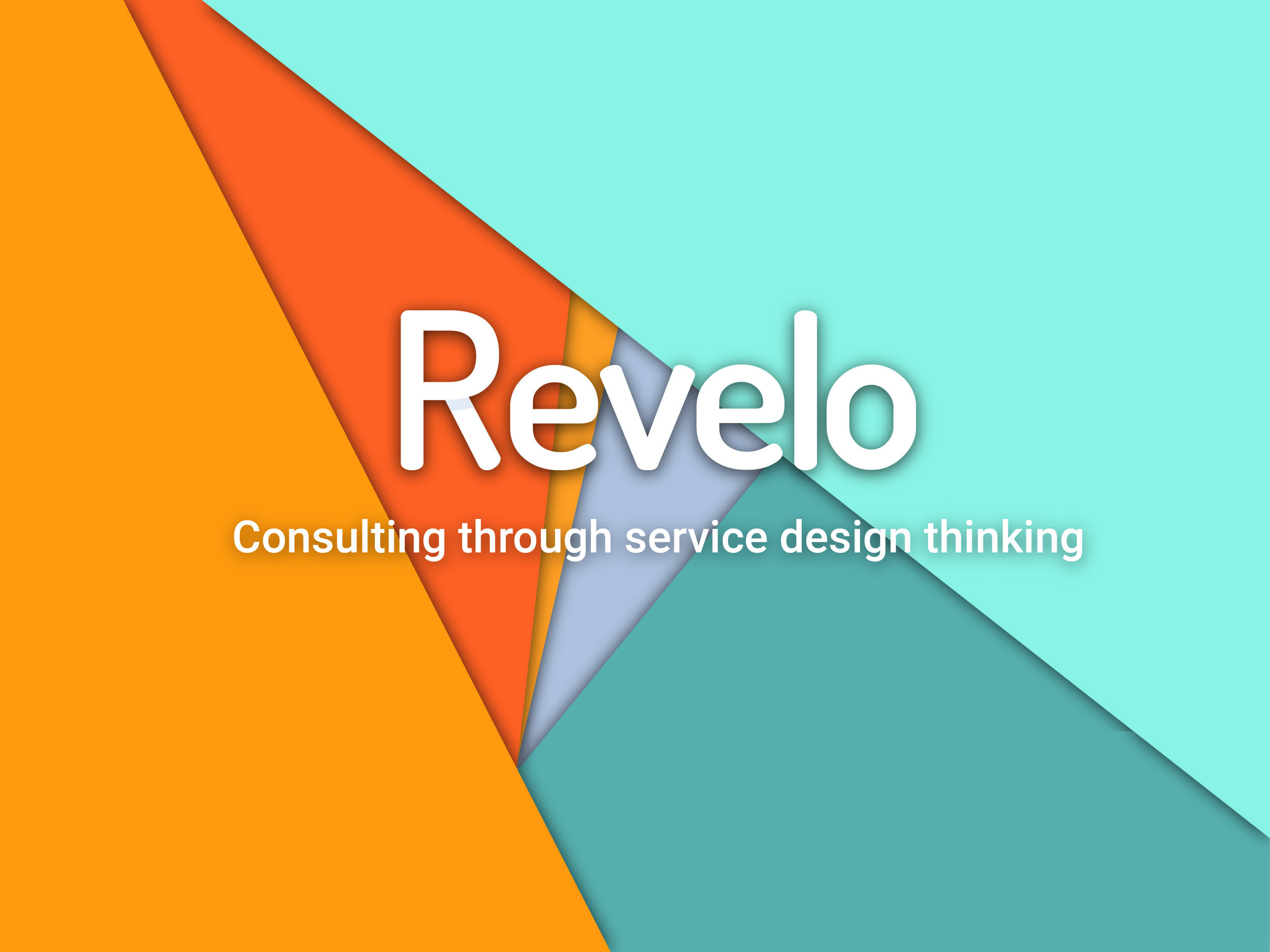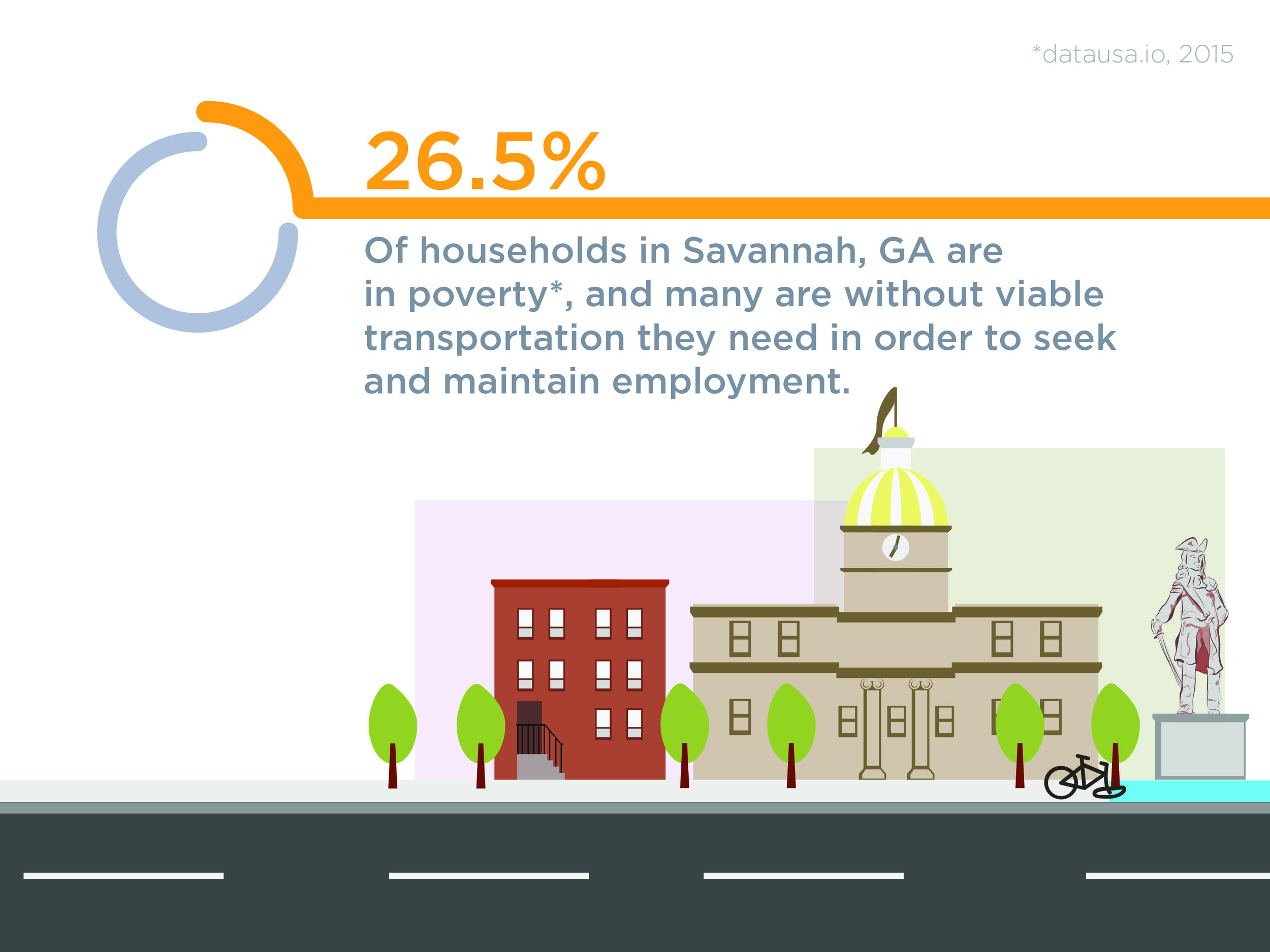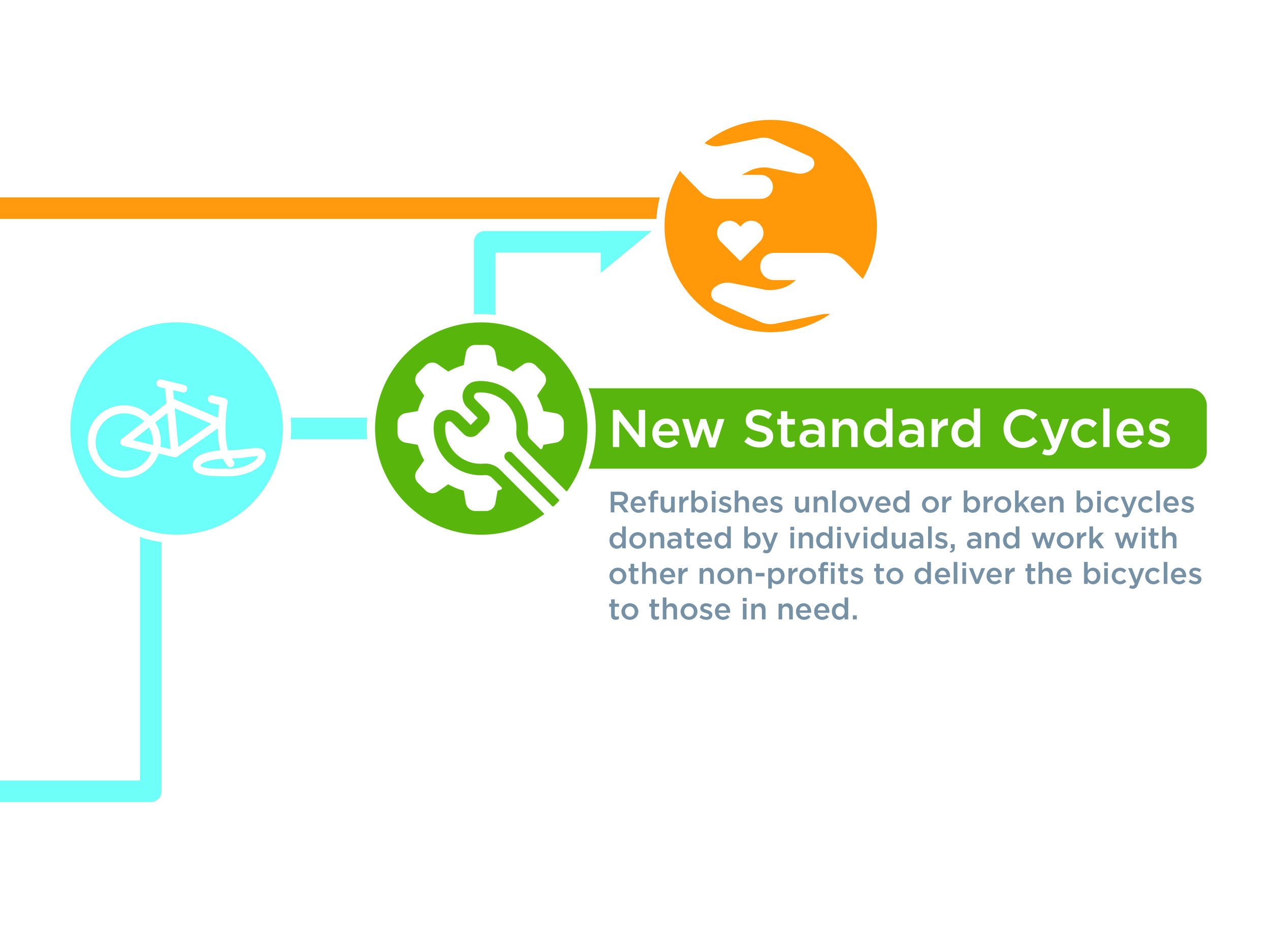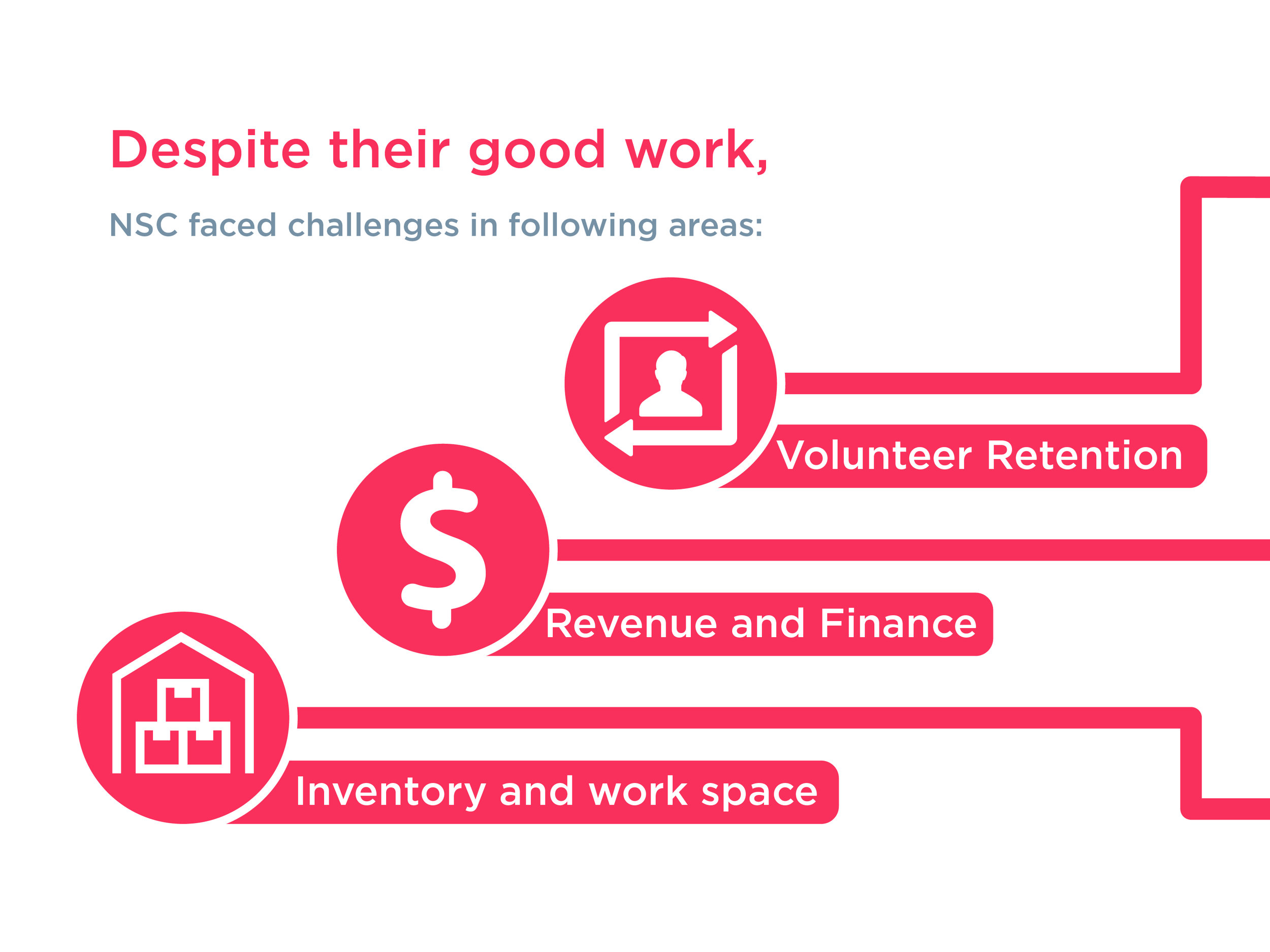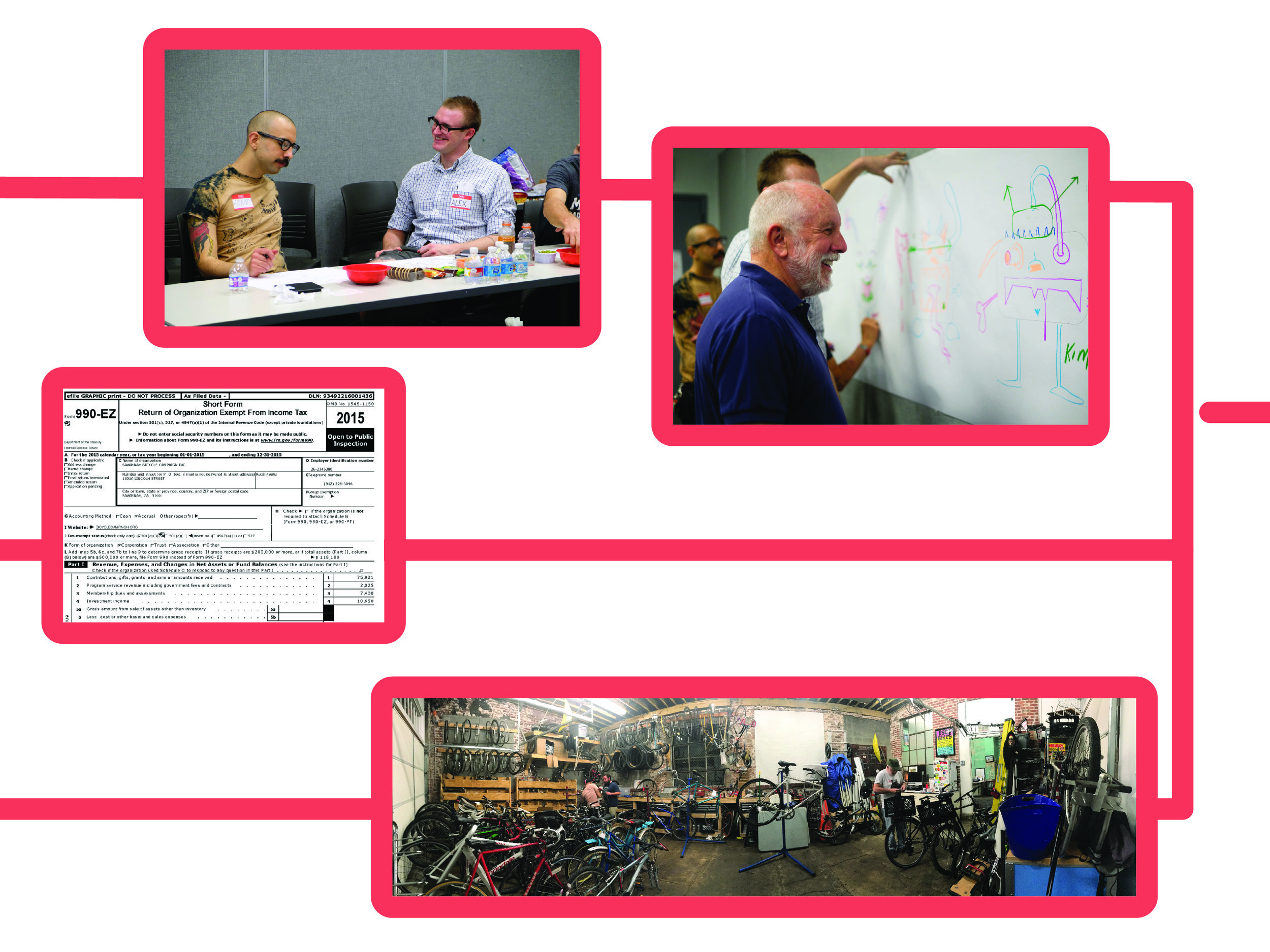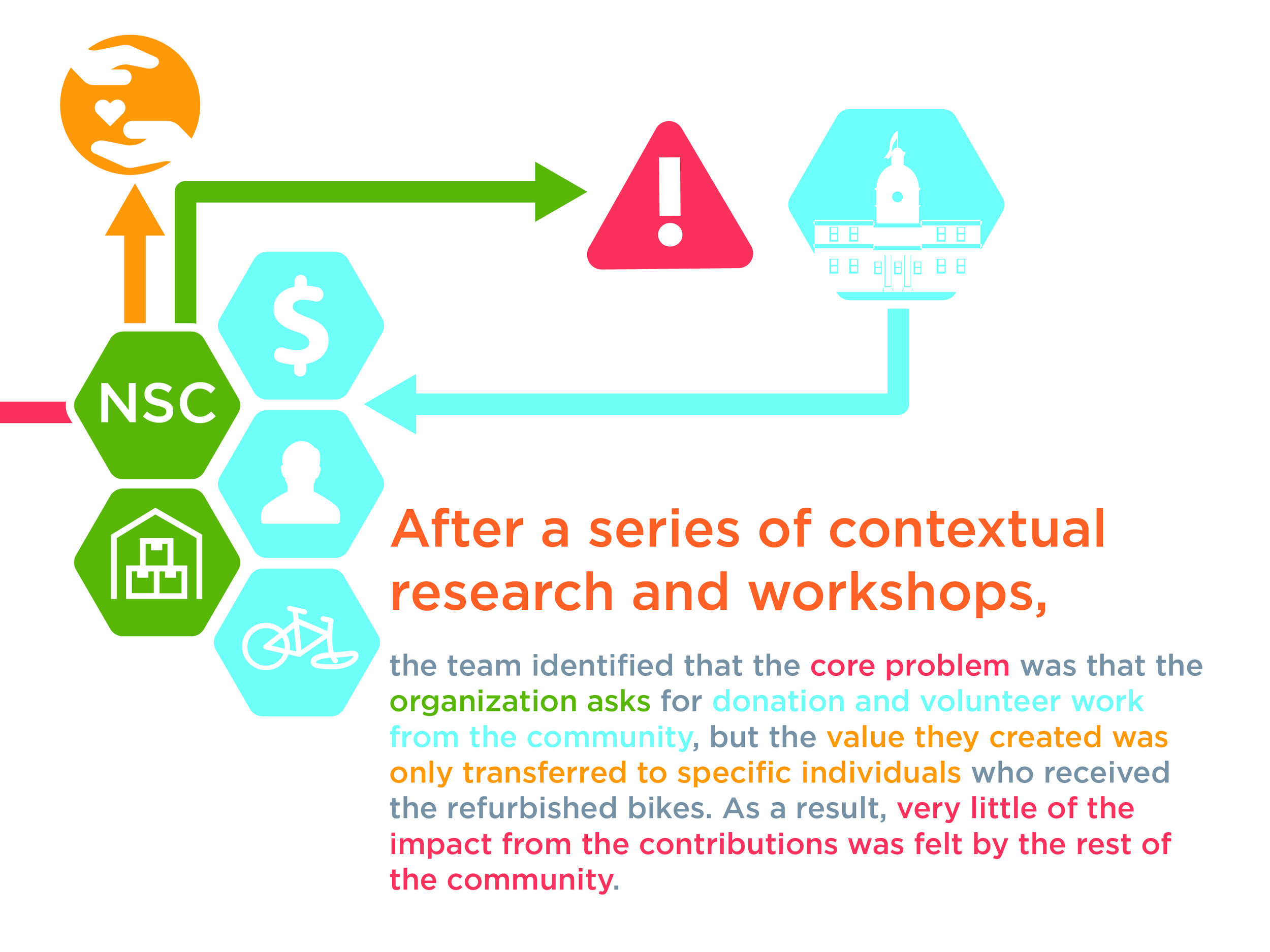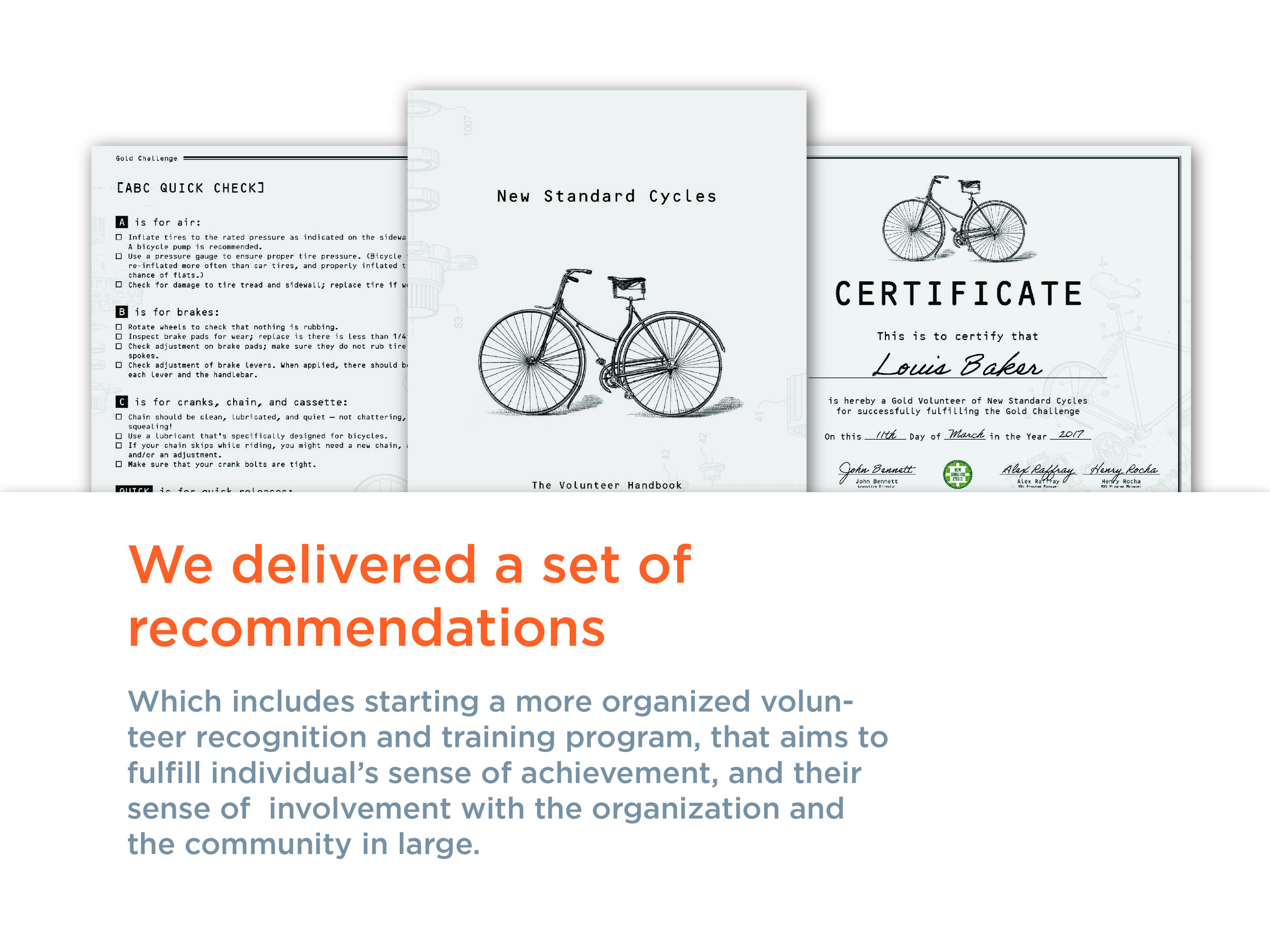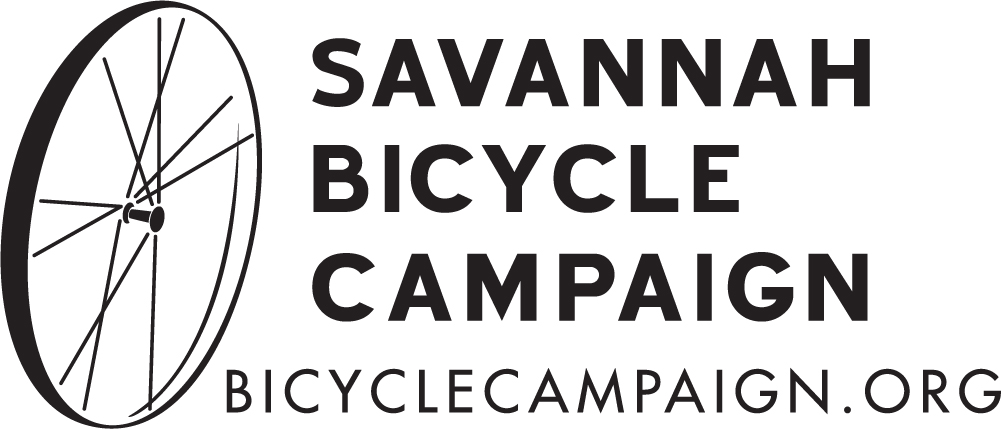Revelo: the process
Project recap
Welcome to Savannah, Georgia, one of the (potentially) most bicycle-friendly cities in the country.
The city's warm climate, mostly flat terrain, and its relatively small size make it ideal to use bicycles as a means of transportation. Despite this, however, only 20 out of total of 700 miles of streets in the city have dedicated bike lanes.
The Savannah Bicycle Campaign (SBC) is a nonprofit advocacy group, that aims to make Savannah safer and more convenient to bikers.
Although the environmental factors of Savannah allow great potential for cycling, a lot of it is being unrealized mostly due to lack of recognition of bicycles as legitimate vehicles on the road, and government support there of. SBC's mission is to make sure that not only the rights of cyclers are recognized through their campaign, but also to educate cyclers about traffic laws and safety.
New Standard Cycles (NSC) is SBC's initiative that takes in donated unused or broken bicycles, refurbish them, and donate to other third-party organizations.
NSC is largely an experimental operation with two key missions. Firstly, NSC's operations give bicycle to select people who cannot afford cars so that they can make a living. Secondly, the success stories of these recipients can be shining examples of benefits of bicycles in Savannah, and cases of point in terms explaining the merits of expanding bike infrastructure in the city.
NSC's operations, visualized.
The initial ask was simple: "We want growth for the New Standard Cycles".
The details, however, were unclear.
First contact: We visited NSC after the initial briefing, and discussed about their operations, the stakeholders, and their wants.
From Left to right: Leo Cheng (student), Prof. Louis Baker (SCAD faculty), Henry Rocha (NSC staff), and Alex Geoffrey (NSC staff).
Our initial briefing for this project was to improve New Standard Cycles' operations, and create a foundation for scaling.
At day 1, we paid a visit to discuss in more depth regarding the specifics of their ask, to learn more about their operation, mission and vision, and to understand some of the problems they were facing.
The three main areas of concern for NSC were as follows:
- Revenue and donations of bike parts (in both quantity and consistency)
- Bringing in more volunteers, retaining them, and making them reliable long-term members of the organization, mostly through awareness and outreach
- Disorganized inventory with no real book-keeping strategy for keeping track of parts and bicycles coming in and out of their main shop and the off-site storage.
As we progress further into our research, we quickly discovered that all three aspects are closely related to one another (systemic), and difficult to isolate.
The 3 main innovation spaces
As a starting point for our contextual research, I decided to pay a visit to a volunteer session.
At times, I was a fly-on-the-wall, observing and recording what is going on, and periodically shifted gears into extracting further information that might be helpful by asking more specific questions. Equally, I used the opportunity to do my best at create an on-going relationship with some of the stakeholders, and leave a good lasting impression for the co-creation sessions to come.
Henry was responsible for the volunteer session that day, and a lot of his time was taken looking for parts, tools, and helping volunteers figure out specific tasks.
Following were some of the key findings that later guided our process:
The off-location storage is not at a convenient location, enough so that it was not feasible to go there without prior planning.
The two staffers of NSC (Alex and Henry) spend a lot of their times teaching the volunteers how to complete specific repair tasks. They don't mind it since they have a strong passion for bikes, but everyone agrees that the opportunity cost is significant at times.
Certain bike parts, even those in the shop, are not easily accessible and hard to keep track of, which is also another reason why NSC is calling for an organizational innovation.
Not all refurbished bicycles are donated. They are sold in their semi-regular bike sales instead. The bike sale is practically the only source of revenue for NSC, and is not enough to sustain the operation.
Co-creation is fundamental for service design practice.







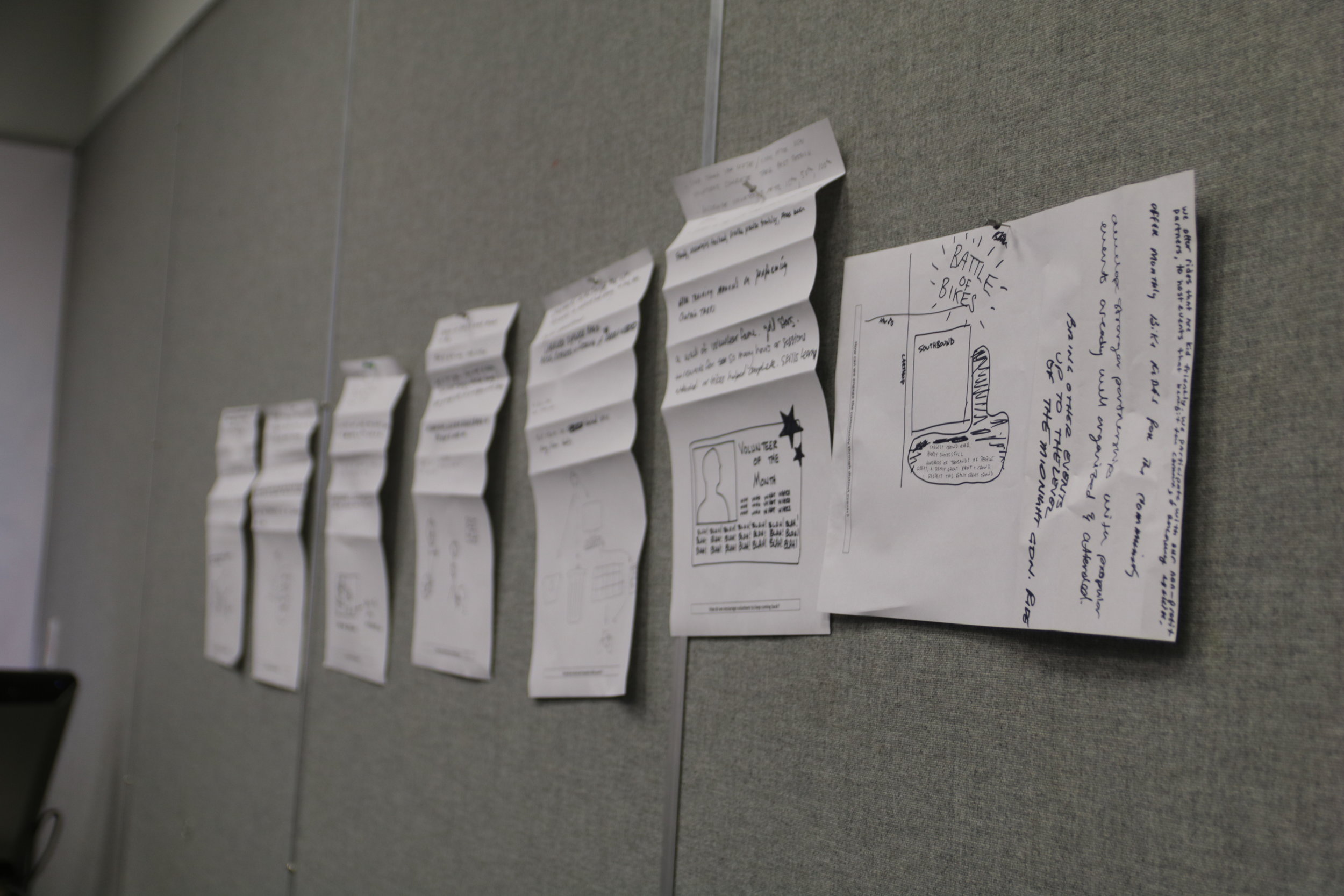
The co-creation workshops gave us further valuable insights in the organization's structure and operations. With this information, we were able to paint the whole picture for the ecosystem for the New Standard Cycles and the Savannah Bicycle Campaign.
System map, synthesized after stakeholder extraction and analysis
The data points also allowed us to identify specific problems for the three innovation spaces.
Framed Problems
In order to understand the complexity and interconnection of these problems, I also applied the macroeconomic poverty cycle model to our client organization.
New Standard Cycles' "poverty cycle"
There were several enlightenments made apparent by examining the poverty cycle.
- Within the full circle, There are two distinct loops, that are connected by promotion and donation.
- While creating an injection (innovation) in any of the steps have the potential to break the cycle, an innovation in promotion that requires minimum manpower is possibly the best way of starting a positive feedback that will solve all these issues, especially since it is so tightly connected with revenue stream.
- Volunteer retention is not a systemic pain-point, but rather a service interaction pain-point, that should be addressed through a separate value proposition that fulfills volunteers' motivations to engage the organization.
- Some problems do not have a direct, preceding causes, but will continue to adversely affect the operation if not intervened.

